Who shot JR? The summer when Britain nearly lost the plot
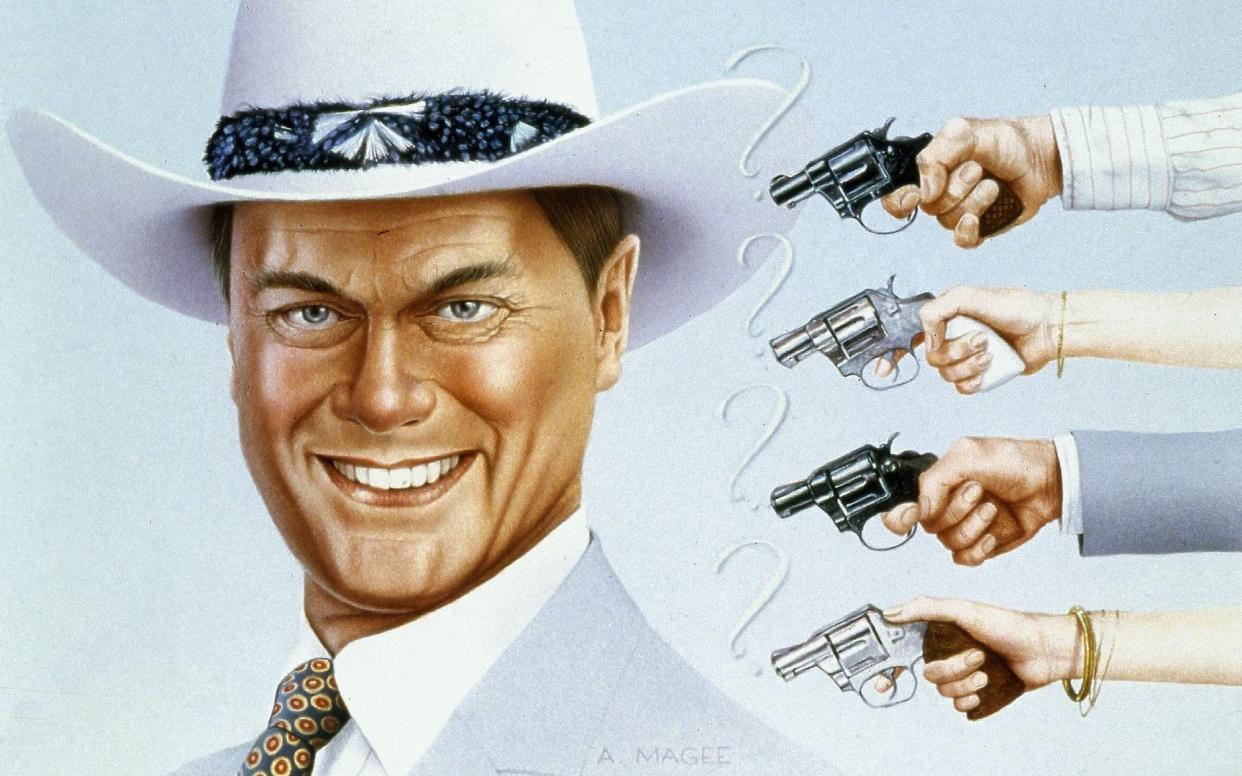
“Who shot JR?” Back in 1980, this was the question on everyone’s lips – and on car bumper stickers, T-shirts and mugs, too. It was emblazoned everywhere and it was inescapable. Some wags went for the cheeky variant slogan of “I shot JR”, which only teased us more.
Forty years ago this week, it felt like the whole world was desperate to discover who had put two .38 calibre bullets into Dallas’s villainous oil baron J R Ewing (brilliantly played with flashing eyes and wolfish grin by the late Larry Hagman) in the finale of the US super-soap’s third series. This was water-cooler TV before watercoolers were even a thing.
The amoral mogul had spent the previous few prime-time episodes making enemies, as he often did. One of them took justice into their own hands. When J R heard a noise outside his office late one night and went out into the darkened corridor to investigate, he was shot twice in the torso by an unseen assailant and left for dead. Roll credits. Cue agonised howls.
Bookmakers took bets on the killer. Virtually the entire cast were suspects. Could it have been J R’s boozy wife Sue-Ellen, or squeaky-clean brother Bobby? His arch business rival Cliff Barnes, or swindled banker Vaughn Leland? Sue-Ellen’s rogue lover Dusty Farlow was the bookies’ favourite. Long shots included JR’s niece Lucy, aka “the Poison Dwarf”, and even his long-suffering mother, Miss Ellie.
Britain, in particular, went bonkers trying to guess who the culprit was. There was a song by comedy-pop combo The Barron Knights called We Know Who Done It. Esther Rantzen’s That’s Life team carried out weekly high-street vox pops, quizzing the nation’s headscarf-clad grannies for their opinion.
When Hagman crossed the Atlantic for a holiday (plus an inevitable appearance on Terry Wogan’s Radio 2 breakfast show), he was offered £100,000 to disclose the perpetrator’s identity. He said that neither he nor any other cast member knew the answer. Was he lying? An incident backstage at the Royal Variety Performance suggests he may have been. The Queen Mother – who reportedly watched Dallas every week with the Queen – met Hagman and with supreme diplomacy said, “No, I won’t ask you.” “I couldn’t tell you anyway,” replied Hagman. “Not even you, Ma’am.”
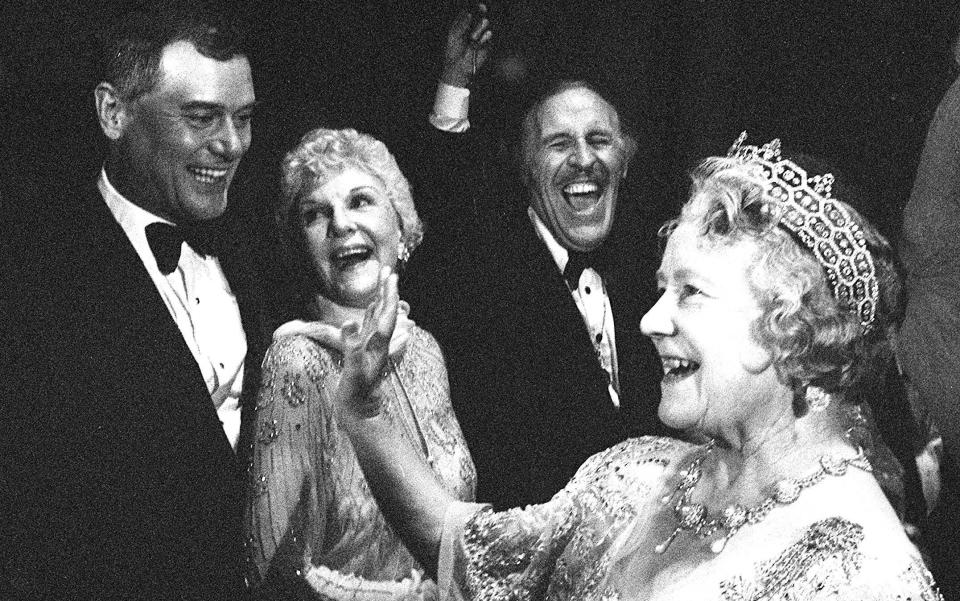
Before mobile phones and social media, nation-uniting mania like this was rare – comparable only to great sporting events, royal weddings or big breaking news stories. “Who shot JR?” was even credited with helping to get CNN off the ground. The fledgling rolling news channel launched in the midst of the hysteria and its coverage of the craze helped ratings to respectable levels.
Hagman cannily realised how valuable the phenomenon had made him and demanded a hefty salary rise for the next series. CBS producers played hardball and prepared to replace him with another actor, which they planned to explain away with J R having reconstructive facial surgery – even though he’d been shot in the stomach.
Eventually, the network caved. Hagman returned with a new contract worth $100,000 per episode, plus royalties from any J R merchandise. Within a few years and some more bold negotiating worthy of J R himself, he’d doubled that. “In those days, nobody else was making that kind of money, but I knew this was my big moneymaking period,” recalled Hagman.
“I got what I wanted, although I had to fight for it, which I hate doing. But you could see the quality of the show. I was worth it.” We had to wait all summer to get to the bottom of the mystery. And the six-month wait turned into an agonising eight months due to an American writers’ strike which halted production.
Eventually, 83 million American viewers tuned in to find out – at the time, the highest ratings in US history, and more than the number of voters in the 1976 presidential election. The UK had to wait for an extra day after US transmission, but such was the slow pace of news dissemination at that time, few Britons knew the answer in advance.
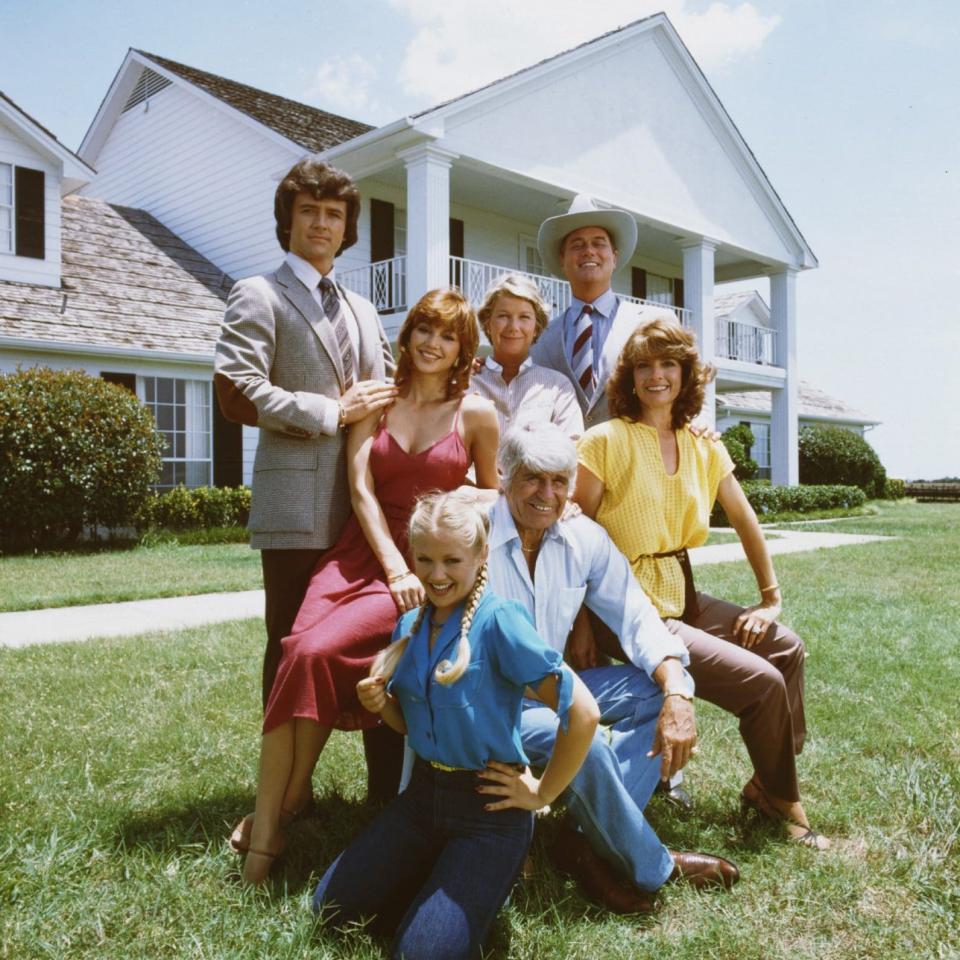
The reveal, when it finally came, was mildly disappointing – it was J R’s sister-in-law and scorned mistress Kristin Shepard (played by Mary Crosby, daughter of crooner Bing), a forgettable minor character. Nevertheless, the stunt storyline changed TV forever. It turned out that CBS had used cunning tactics to keep the cast in the dark. “None of us had any idea who shot J R,” said Crosby.
“The producers of the show had everybody shoot J R and I mean everybody. Script supervisors and make-up artists were filmed shooting him. Larry was filmed shooting himself. Had the secret got out, I think they would have swapped me with somebody else.” Hagman called those two bangs “the shots heard around the world”, and the echoes would keep resonating. Before “Who shot J R?” kept the world on tenterhooks, cliffhangers had been the stuff of serialised soap operas and, a century earlier, the works of Charles Dickens. In episodic drama, mysteries tended to be tidily solved every week.
Not any more. Suddenly the US TV industry twigged that it could use cliffhangers to keep audiences talking about their shows, even during the quiet summer off-season. This, in turn, heralded the concept of the “season finale”, and increased anticipation among viewers for the return of their favourite shows.
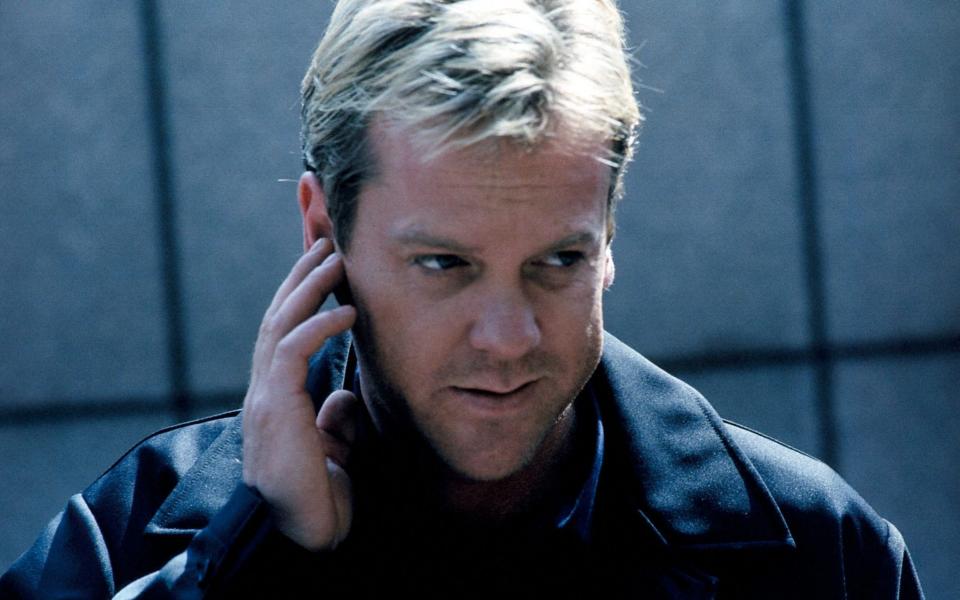
Episodic dramas in the UK duly began to follow suit. Edge Of Darkness and House of Cards left us wanting more. Doctor Who would end with the universe in jeopardy or the Timelord regenerating. The BBC even launched Howard’s Way in an attempt at “a British Dallas”. Sadly, Solent boatbuilders didn’t have the glamour of Texan oil tycoons.
US boxset drama continues to deploy the gimmick – from The West Wing (who was hit in an assassination attempt on President Bartlet at the end of season one?) to Desperate Housewives (why did Mary Alice kill herself?), from Breaking Bad’s bullet-ridden shoot-outs to Game Of Thrones’s epic battles.
Real-time thriller 24 was essentially one long cliffhanger, while divisive plane-crash drama Lost got so caught up in its own twists, teases and rug-pulls that it lost the plot entirely.
Some might argue that the advent of streaming services and boxset binges have put paid to cliffhanger culture. In this era of fragmented viewing, a spoiled generation of TV viewers don’t have to wait for gratification any more, they can just skip straight to the next episode.
But cliffhangers are not dead. In fact, recent TV history suggests that, in the right hands, suspenseful weekly plotting can still generate huge interest.

Jed Mercurio is the UK’s current master. Could Line of Duty’s Supt Ted Hastings (Adrian Dunbar) be the corrupt kingpin code-named “H”? Was Bodyguard’s Home Secretary Julia Montague (Keeley Hawes) really assassinated by that briefcase bomb?
It’s clear that there’s still life in the TV cliffhanger. Sadly the same can’t be said of J R Ewing or dear old Larry Hagman. In 2013’s Dallas reboot, the veteran villain was shot again, this time fatally. It was later revealed that J R had ordered the hit himself, because he was dying of cancer (as was Hagman in real life).
However, the wily old campaigner framed Cliff Barnes for his murder, wreaking one last act of revenge from the grave. As his son John Ross remarked: “The only person that could take down J R… was J R.”
Dallas is available to stream on Amazon Prime Video
Cut to black: five of the greatest TV cliffhangers
Who was the father of Michelle Fowler’s baby? (1985)
EastEnders would later copy Dallas more directly with its “Who shot Phil Mitchell?” plotline, but first the BBC soap staged a whodunit-style mystery over which Walford resident had secretly fathered 16-year-old Michelle’s (Susan Tully) baby. It was her best friend’s father: “Dirty” Den Watts (played by Leslie Grantham), living up to his nickname.
How did Sherlock fake his own death? (2012)
Benedict Cumberbatch’s sleuth seemed to commit suicide by swan-diving off St Bart’s hospital roof - except we later saw him lurking near his own graveside, very much alive. Fans had to wait two agonising years to learn how he did it (with a squash ball, an airbag and his homeless network).
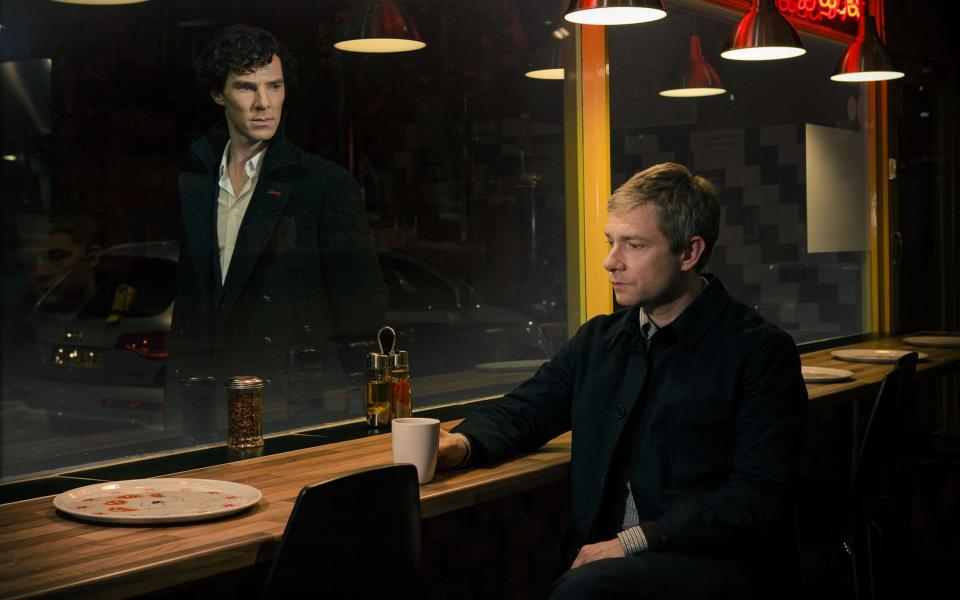
Who killed Emma Craven and why? (1985)
Landmark eco-thriller Edge of Darkness saw dour detective Ronald Craven (Bob Peck) investigate the murder of his activist daughter. The penultimate episode closed on him bellowing “Get me Pendleton!” into the phone. Yes, this nuclear conspiracy went all the way to the Prime Minister’s office.
How’s Annie? (1991)
The most chilling cliffhanger in TV history came at the end of Twin Peaks’ second series. When FBI agent Dale Cooper (Kyle Maclachlan) smashed his head into a mirror and maniacally cackled “How’s Annie?”, we realised he was a demonic doppelgänger. It would be a 26-year wait for the next episode.
Who killed Danny Latimer? (2013)
The debut series of crime drama Broadchurch gripped the nation and ITV managed to keep the secret of who strangled schoolboy Danny until the climactic episode. As 10.5m of us watched live, the murderer was unmasked as Joe Miller, husband of Olivia Colman’s detective.

